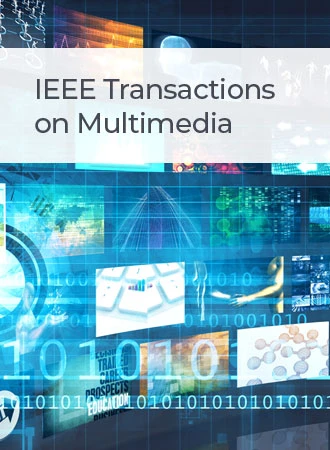Uncertainty Guided Progressive Few-Shot Learning Perception for Aerial View Synthesis
IF 8.4
1区 计算机科学
Q1 COMPUTER SCIENCE, INFORMATION SYSTEMS
引用次数: 0
Abstract
View synthesis of aerial scenes has gained attention in the recent development of applications such as urban planning, navigation, and disaster assessment. This development is closely connected to the recent advancement of the Neural Radiance Field (NeRF). However, when autonomousaerial vehicles(AAVs) encounter constraints such as limited perspectives or energy limitations, NeRF degrades with sparsely sampled views in complex aerial scenes. On this basis, we aim to solve this problem in a few-shot manner. In this paper, we propose Uncertainty Guided Perception NeRF (UPNeRF), an uncertainty-guided perceptual learning framework that focuses on applying and improving NeRF in few-shot aerial view synthesis (FSAVS). First, simply optimizing NeRF in complex aerial scenes with sparse input can lead to overfitting in training views, resulting in a collapsed model. To address this, we propose a progressive learning strategy that utilizes the uncertainty present in sparsely sampled views, enabling a gradual transition from easy to hard learning. Second, to take advantage of the inherent inductive bias in the data, we introduce an uncertainty-aware discriminator. This discriminator leverages convolutional capabilities to capture intricate patterns in the rendered patches associated with uncertainty. Third, direct optimization of NeRF lacks prior knowledge of the scene. This, coupled with a reduction in training views, can result in unrealistic rendering. To overcome this, we present a perceptual regularizer that incorporates prior knowledge through prompt tuning of a self-supervised pre-trained vision transformer. In addition, we adopt a sampled scene annealing strategy to enhance training stability. Finally, we conducted experiments with two public datasets, and the positive results indicate our method is effective.不确定性引导的渐进式少镜头学习感知鸟瞰图合成
航拍场景的视图合成在城市规划、导航和灾害评估等应用领域得到了广泛的关注。这一发展与神经辐射场(NeRF)的最新进展密切相关。然而,当自主飞行器(aav)遇到诸如有限视角或能量限制等约束时,在复杂的航拍场景中,NeRF会随着稀疏采样视图而下降。在此基础上,我们的目标是用几枪的方式解决这个问题。在本文中,我们提出了不确定性引导感知NeRF (UPNeRF),这是一个不确定性引导感知学习框架,重点是在少镜头鸟瞰图合成(FSAVS)中应用和改进NeRF。首先,在具有稀疏输入的复杂航拍场景中,简单地优化NeRF可能会导致训练视图的过拟合,从而导致模型崩溃。为了解决这个问题,我们提出了一种渐进式学习策略,利用稀疏采样视图中存在的不确定性,实现从简单学习到困难学习的逐步过渡。其次,为了利用数据中固有的归纳偏置,我们引入了不确定性感知鉴别器。该鉴别器利用卷积能力来捕获与不确定性相关的渲染补丁中的复杂模式。第三,NeRF的直接优化缺乏对场景的先验知识。再加上训练视图的减少,可能导致不现实的渲染。为了克服这个问题,我们提出了一种感知正则化器,它通过快速调整自监督预训练视觉变压器来整合先验知识。此外,我们还采用了采样场景退火策略来提高训练的稳定性。最后,我们在两个公开的数据集上进行了实验,结果表明我们的方法是有效的。
本文章由计算机程序翻译,如有差异,请以英文原文为准。
求助全文
约1分钟内获得全文
求助全文
来源期刊

IEEE Transactions on Multimedia
工程技术-电信学
CiteScore
11.70
自引率
11.00%
发文量
576
审稿时长
5.5 months
期刊介绍:
The IEEE Transactions on Multimedia delves into diverse aspects of multimedia technology and applications, covering circuits, networking, signal processing, systems, software, and systems integration. The scope aligns with the Fields of Interest of the sponsors, ensuring a comprehensive exploration of research in multimedia.
 求助内容:
求助内容: 应助结果提醒方式:
应助结果提醒方式:


